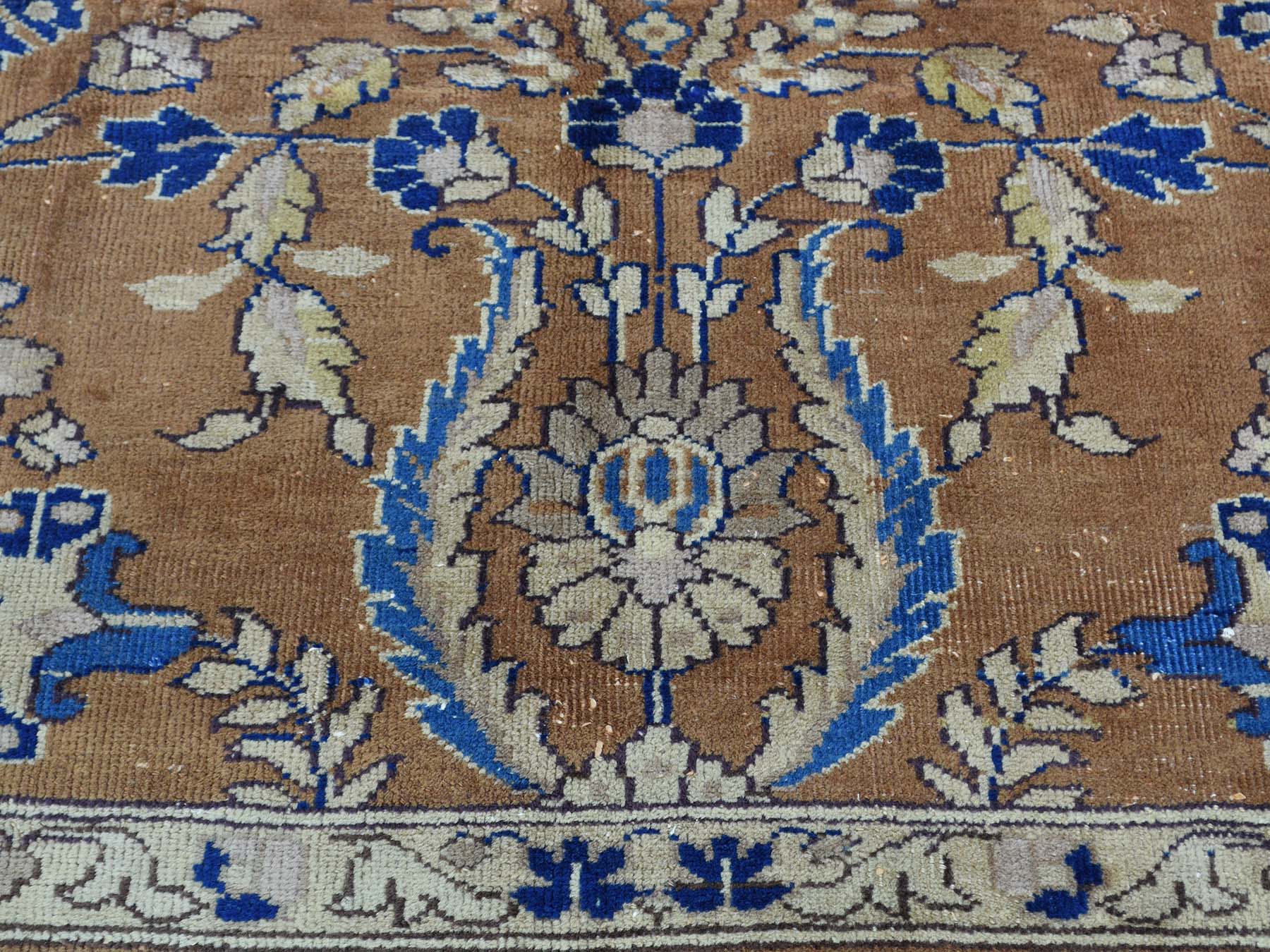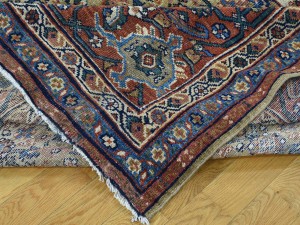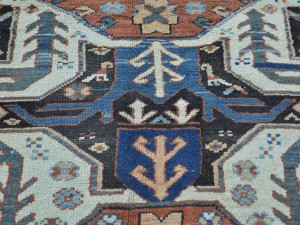
The Value of Antique Persian Carpets
Trying to explain or understand what makes certain antique carpets more valuable than others is an elaborate and difficult task. One must try to strike a balance between quantifiable measures such as market precedent, market trends, condition and rarity and less objective values such as personal taste, provenance and aesthetic and chromatic quality.
In the field of antique Persian carpets, before we make any judgement about rarity and aesthetic quality, it is important to have a brief understanding of how material quality can inform and affect judgements on value. This in turn means that we must have some idea about how carpets have been made in Iran historically as material quality is relative to the area in which it was made.
There are four types of weavings made in Iran: the first is a nomadic rug made by tribal people for their own consumption or use; the second is a village weaving made for local use but also sold at the bazar as a source of additional income; the third is organised workshop production where designs and materials are given to a weaver to create under supervision; and the last is the court atelier or workshop with exclusive access to the best dyes, materials, designers and weavers.
The first two create rugs that reflect the women weavers own color and design preferences, and may well be individual in character and express the unfiltered artistic vision of the weaver. The third type of rug has a more formal aesthetic and reflects precise and well-articulated design and color preferences. While the workshop represents skilled craftspeople making items for sale, there are obviously different levels within this category ranging from loosely woven rugs made in villages out of wool through to important workshops with named designers using silk, the finest and most expensive wool as well as very high knot densities. It is important to note that while fineness of weave can affect the value of a rug, that is not to say that all fine rugs are necessarily valuable.
The final category of court workshop represents an exclusive class of weavings that are extremely rare and sought after since they only came into existence during the reign of the Safavid dynasty in Iran (1501-1736). Workshops were set up within the court weaving exclusively for the Shah, setting standards for colour and quality and using designs created by the greatest artists of the day. In the late 17th century, the court dissolved these in-house ateliers and began to buy from a selection of private workshops, which were commissioned rather than directly employed by the Shah. While court carpets from the 16th and 17th century are bought by museum and collectors, the practice of court and royal patronage, both nationally and regionally, remained a significant factor in terms of quality and innovation in the Persian carpet industry until the 20th century.
 While the quality of wool, weave, natural or chemical dyes are all important indicators of value within each of these levels of production, it is difficult to draw direct comparisons across the categories. How can you meaningfully compare the material quality of a long-pile tribal rug made to protect against cold with very minimal design and colours with a silk rug made in a city workshop for use at a wedding ceremony with a design of a tree of life? Critical judgement and any realistic assessment of value for antique Persian carpets is therefore relative to the type of rug, and recognising how it was made before values associated with material quality can be allied.
While the quality of wool, weave, natural or chemical dyes are all important indicators of value within each of these levels of production, it is difficult to draw direct comparisons across the categories. How can you meaningfully compare the material quality of a long-pile tribal rug made to protect against cold with very minimal design and colours with a silk rug made in a city workshop for use at a wedding ceremony with a design of a tree of life? Critical judgement and any realistic assessment of value for antique Persian carpets is therefore relative to the type of rug, and recognising how it was made before values associated with material quality can be allied.
